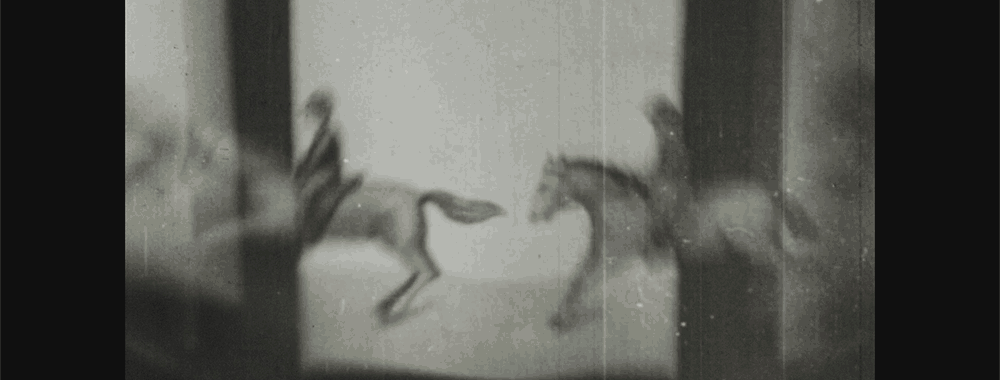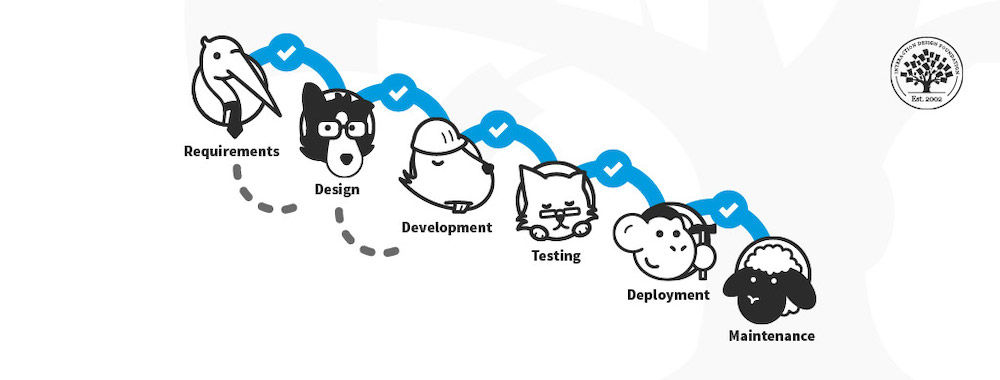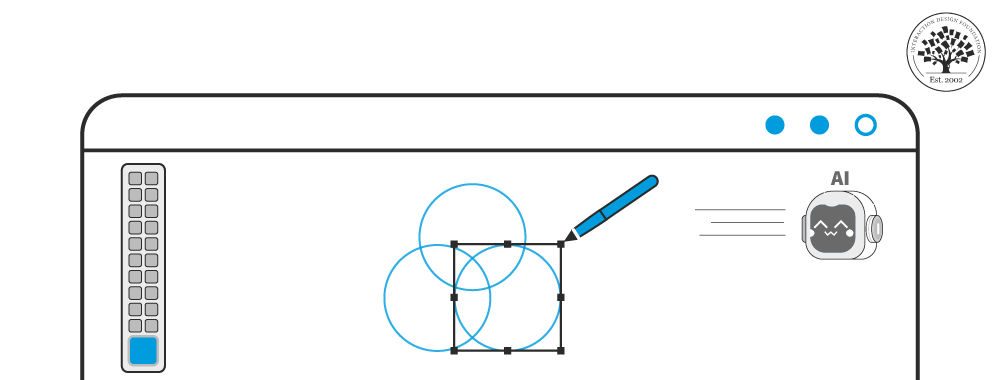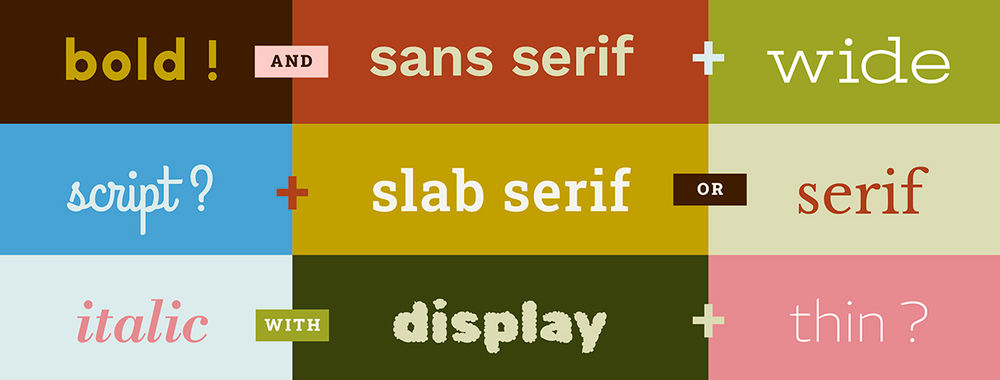Sensory memory isn’t a “true” type of memory because it doesn’t involve the hippocampus, which is the part of the brain where most conscious memory is stored. However, we’d be a bit lost without sensory memory since, without it, we wouldn’t be able to use our senses in a meaningful way.
For example, a flat panel display, like those used with most modern technology, can show around 60 frames (separate full-screen images) per second. Imagine not being able to remember what you were looking at from one frame to the next. Designers must consider factors like low vision and color blindness to ensure all users can interpret the information effectively.
Hearing is even more temporal (time-related) since frequencies are expressed in cycles per second. Middle C (the middle note on a piano keyboard) is 256 Hz (256 cycles per second). Haptic interfaces can enhance sensory experiences by providing tactile feedback that complements auditory and visual stimuli. If we didn’t have some storage for the sounds we hear, we couldn’t make sense of it. Alan fills in some of the details…
Show
Hide
video transcript
- Transcript loading…












